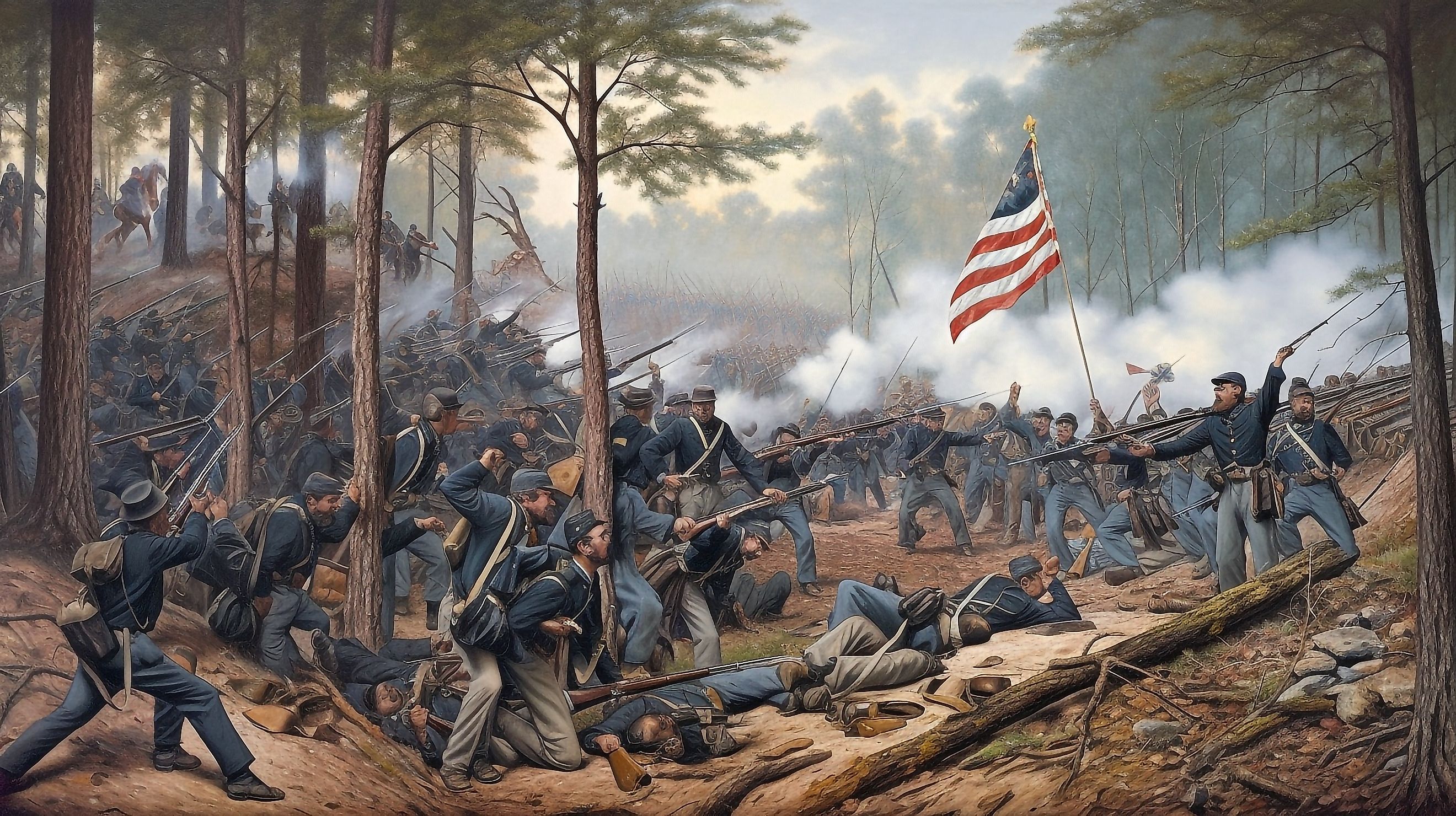
How Many People Died In The American Civil War?
The bloodiest conflict that the United States has ever fought, the American Civil War, claimed the lives of more than 680,000 people. The war, erupting in 1860 after decades of tension between northern and southern states over the contentious issue of slavery, would quite literally tear the nation apart and plunge an entire generation of young men into what some historians believe was one of the very first true "modern wars."
New advancements in weapons, along with outdated tactics, made the American Civil War exceptionally deadly. Despite the emergence of much more accurate weapons with a higher rate of fire, the days of the large armies meeting one another head-on in line formations on the open battlefield were still far from over. The result was nothing short of catastrophic.
Background To The Civil War
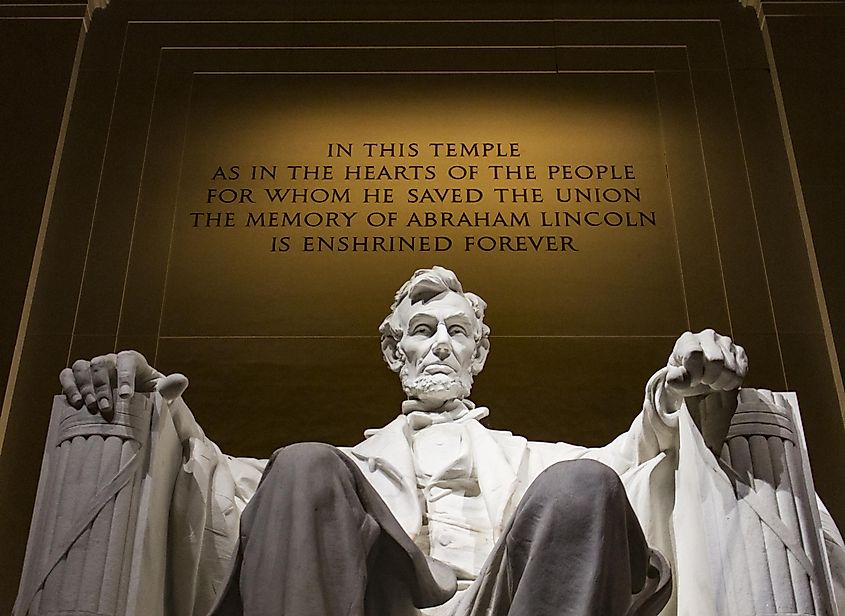
The pro-slavery Confederacy seceded from the rest of the United States shortly after the election of Abraham Lincoln in 1860. In fear of Lincoln outright ending the practice, the Southern aristocracy made sure to ensure that they would still be able to rely on slave labor in a nation of their own. A small battle would break out between rebel and federal troops at Fort Sumter in 1861. This battle would mark the official beginning of the war and result in an additional four more states joining the Southern cause.
The Union's military response early into the war was often poorly coordinated and fielded armies that were led by generals who lacked experience. Their southern counterparts, on the other hand, were usually commanded by seasoned military men who had already made a long career for themselves in the army before the outbreak of the war. On numerous occasions, despite being better equipped and having a significant numerical advantage, Union armies suffered costly defeats at the hands of the Confederates.
The war would eventually take a turn in the Union's favor after the famous Battle of Gettysburg in 1863. By this time, the industrial might of the Union, paired with a more experienced command, made the Union's army a much more formidable fighting force than in years past. The South would fight on for another two years, but the writing was already on the wall at this point. Any further resistance against the North was nothing more than a lost cause. The Union would claim total victory in 1865 and officially abolish slavery in the United States later that year.
Official Battle Casualties
Union
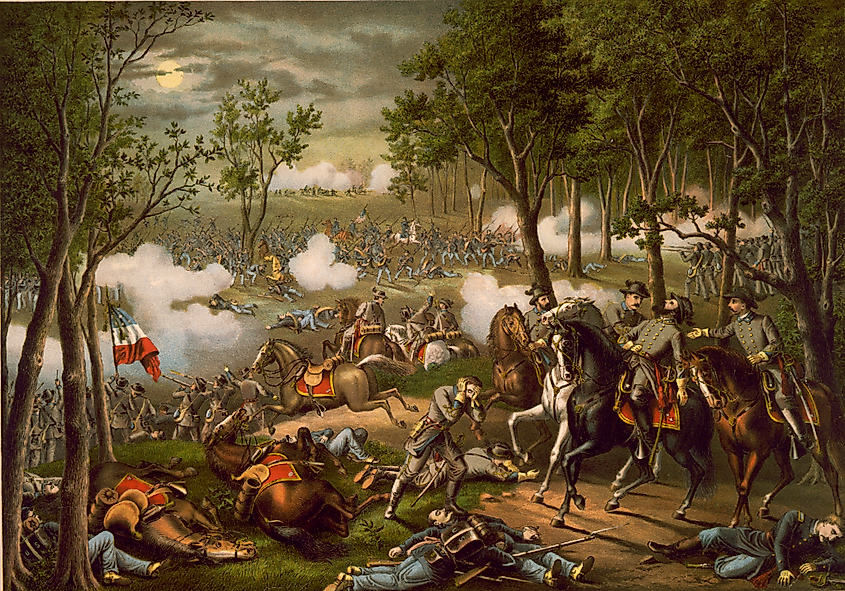
The early ongoing of the war was nothing short of a disaster for Union armies. Union troops were often poorly motivated and were led by a series of incompetent generals who paled in comparison to what the Confederacy had to offer. Even though the Union was eventually victorious when the dust settled, more than 110,000 soldiers had been killed in action.
Union armies were often hastily put together and constantly reacting to the movement of Confederate armies who had pushed deep into Northern territory. This kind of frantic and chaotic environment that the Union soldiers were forced to endure at the beginning of the war was not conducive to an effective fighting force, and it showed in many of the battles. Not to mention, large swathes of the soldiers were made up of fresh recruits with little in the way of training or mentorship from more experienced veterans.
At the Battle of Chancellorsville in 1863, arguably the largest Confederacy victory of the war, the Union suffered a staggering 17,000 casualties, while the South only faced 13,000 of their own. Robert E Lee and his Army of Northern Virginia would deal a series of crushing blows to the Union with similar results up until they were eventually routed at Gettysburg.
Confederacy
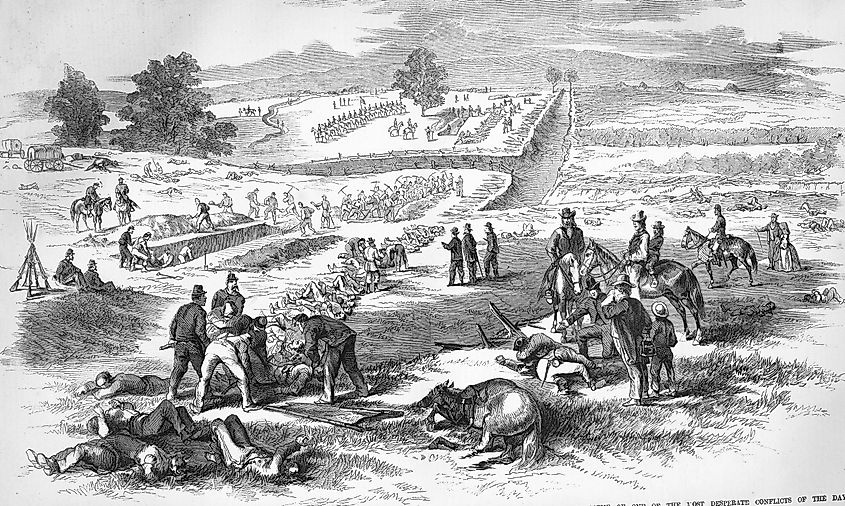
Despite having certain advantages on the battlefield, the Confederacy did not fare much better than the Union when it came to minimizing casualties. In total, roughly 94,000 Confederate soldiers died in battle. Confederate soldiers, on average, were probably better fighters than their Northern cousins but lacked the large population to replace any dead for wounded soldiers as easily. Due to this massive difference in population sizes, Confederate armies often found themselves at a numerical disadvantage on the battlefield, especially in the last few years of the war.
The industrial capabilities of the two sides were not equal either. Since the Southern economy was largely based on the slave labor of those in the agricultural sector, many Southern cities did not have the same industrial capacity as places like New York, Boston, or Philadelphia. Replacing weapons and equipment was not easy. As the war waged on, Confederate armies found themselves on the losing end of an arms race, too. Outgunned and outnumbered most of the war, it is surprising that the Confederates did not suffer more casualties than they did.
Deaths Outside Of Combat
Characteristic of many "modern wars" to come, large amounts of the soldiers who died during the war were the victims of disease rather than enemy bullets or bayonets. Even though major leaps and bounds were made in the field of medicine during the 19th century, it still failed to prevent deaths caused by viruses and infections that we would not consider benign by today's standards.
In total, 388,580 soldiers died directly from disease. Army camps on both sides of the conflict were anything but sanitary and were the perfect breeding grounds for countless infectious and deadly diseases. Dysentery and diarrhea were the two most common causes of death outside of combat. This was usually contracted after soldiers drank contaminated water or ate spoiled food rations. After days of suffering, victims often died from severe dehydration or organ failure.
It was also common for soldiers to die from wounds that they had sustained in battle. Poorly treated wounds regularly got infected from a lack of sanitary bandages or other tainted medical supplies. The standard medical procedures of the day were not all that helpful either. Many surgeons that could be found during the Civil War resorted to hastily performing amputations to try and stave off infection altogether. Without any form of anesthesia available at the time aside from alcohol, this unbelievably excruciating process killed around 25% of all patients.
Lesser Known Facts And Figures
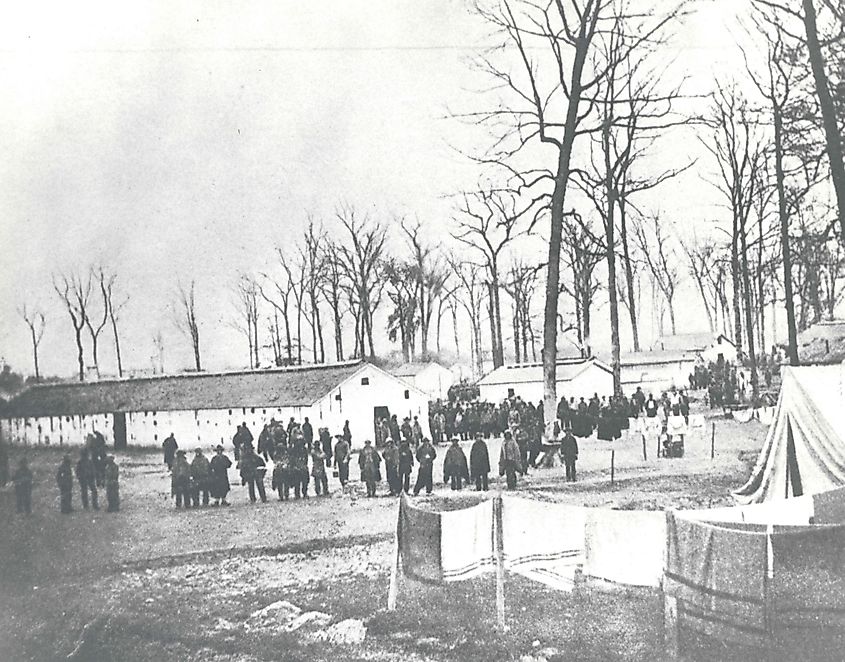
Perhaps one of the most overlooked and unknown aspects of the Civil War is the sheer amount of soldiers who were captured and died in POW camps throughout the conflict. Both the Union and Confederates set up prison camps to deal with captured enemy combatants.
The conditions of the camps on both sides were nothing short of dreadful, and it was not uncommon for surrendering soldiers to die shortly after being sent into captivity. Much like the army camps of the time, these prisons would have been overcrowded and a great place to catch various diseases and illnesses. Without substandard medical personnel available, getting sick at these camps was often fatal.
The Union had 211,411 of its soldiers captured during the war, with 30,218 of those dying in Confederate captivity, while the Confederacy had 462,634 of its soldiers thrown into camps, with 25,976 of that number perishing under Union supervision.
At the breakout of the Civil War, the United States had a population of roughly 31 million people. Considering that nearly 700,000 people were killed in the conflict, you can begin to imagine how destructive and impactful this war truly was. Entire towns and villages lost their male population in the fighting, and some parts of the nation suffered even greater devastation at the hands of rampaging armies looting and burning whatever they could.
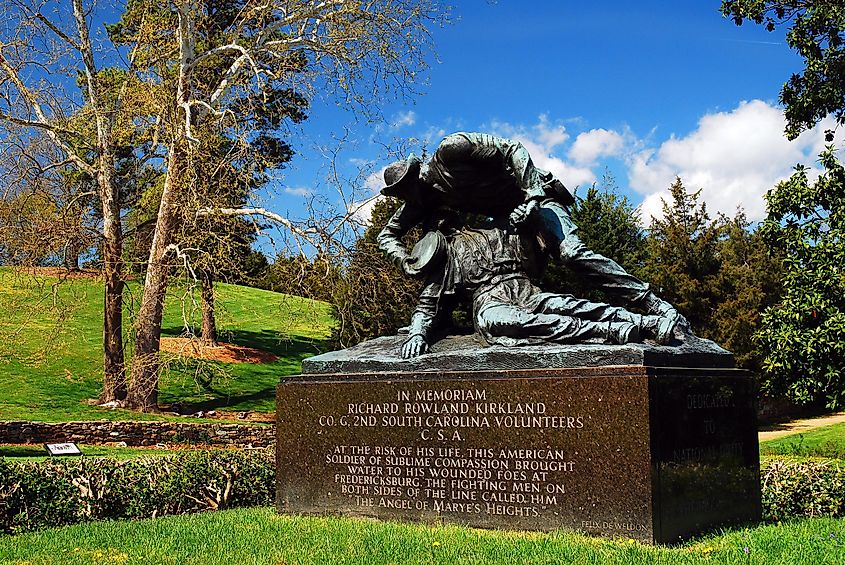
In the aftermath of the war, the United States took decades to fully recover. The South was in total ruin, and the political divide that was formed in the fallout was beginning to shape into something that was just as ugly as before. Regardless, the human sacrifice made is not forgotten. Countless monuments and memorials were erected in the years following the war and are still maintained and visited by millions of Americans each year to pay their respects.







